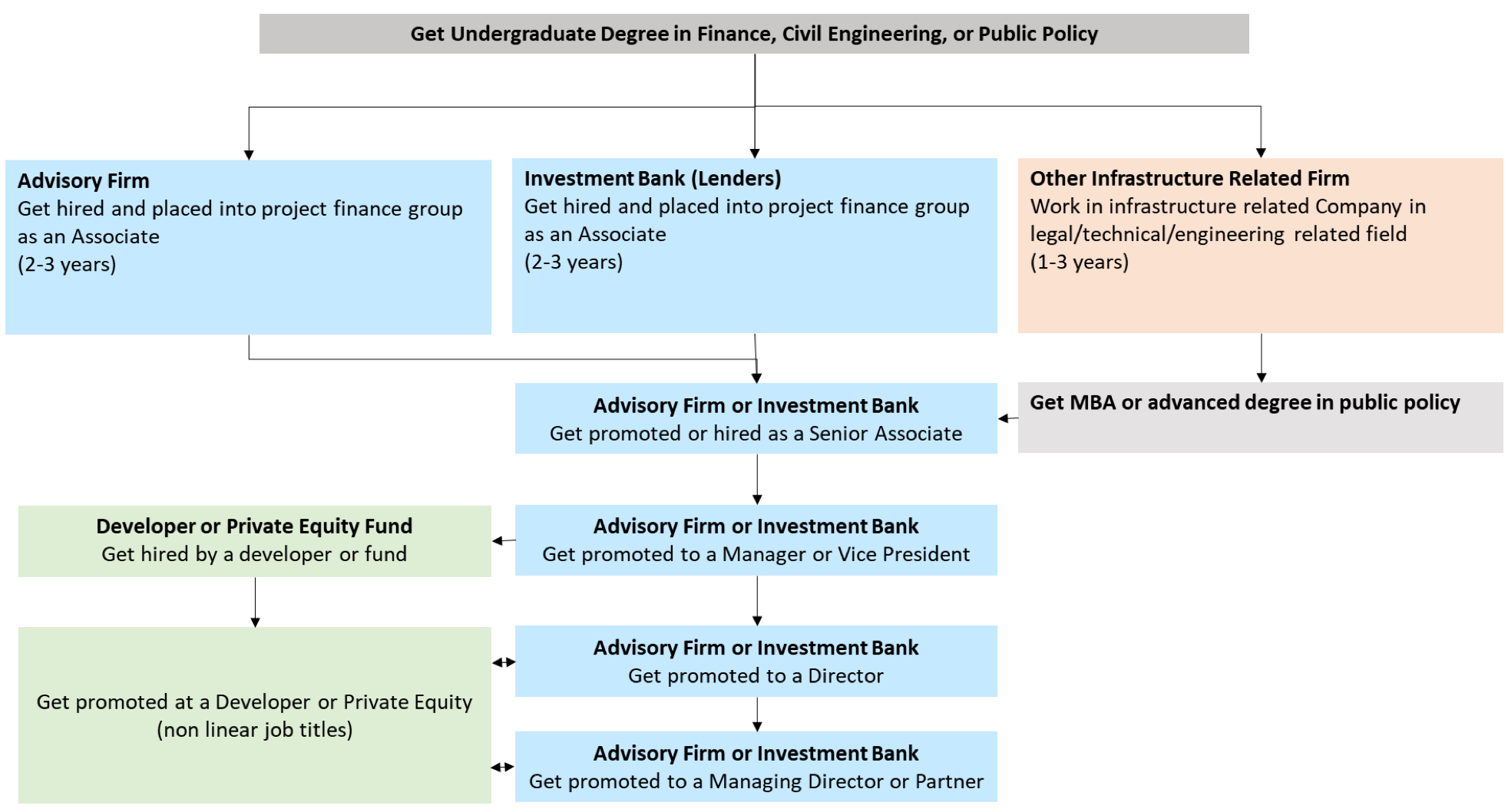
There are many types of financial statements. You might have heard about the Income statement and Balance sheet. Each one of these financial statements contains useful information, but they do not all have the same value. It is how each one is used that makes the difference. Let's take a look at the various types of statements available and how they can help you to understand your company. All of them provide useful information to aid in making better decisions.
Income statement
An income (or balance), sheet is one of four types of financial statements. It records the company's flow of funds. Another type, the consolidated balance sheet, details the company's assets, liabilities, and stockholders' equity, which represents the book value of the shares of stock held by shareholders. These three financial statements are useful for creditors and investors to understand the company's performance better and forecast its future.
Also included in an income statement are expenses. These costs include those associated with the provision of goods or services. The cost of goods sold (COGS) reflects the cost of materials and labor. Although they are not directly related to production, general administrative costs are essential to the organization. The income statement also includes depreciation/amortization and any other costs that are related to the company's assets. Also called net income, or net profit, the total of these costs, and is what the company realizes in profits or losses.
Balance sheet
The balance sheet provides a basic financial overview of a company. The balance sheet gives investors an overview of the company's assets as well as its liabilities. The amount of cash on hand is listed as an asset. In addition to cash, a company may have other liquid assets, such as accounts receivable and inventory. You may not see other types of assets on your balance sheet such as intangibles such as equipment and inventory.
The balance sheet is one of the most fundamental financial statements and should be the first to be reviewed. This document lists the organization's assets as well as its liabilities. Listing assets is based on their expected turnover. Next, liabilities are listed. Current assets are first. Then fixed assets (e.g. a building) are listed. These assets are subtracted from the total amount for current assets. After that, the two-part division is done: current and longer-term. When analysing the company's assets, liabilities and other financial information, it is important that you understand the differences.
Statement of change in equity

The Statement of Change in Equity in the financial statements is a section that reconciles both the closing and the opening balance sheets. The statement also clarifies the relationship between the income and balance sheets. It includes all transactions, which were not recognized by the income statement. Here are the steps to prepare the Statement of Change in Equity. Ensure that all balances are correct and consistent.
The statement showing equity change over time shows how equity of owners has changed. It also shows the changes in equity that may have been caused by different factors, including new monetary investment, bonus compensations, holder withdrawals, and revisions in fixed assets. Statement of Change in Equity helps investors and stockholders to make informed decisions.
Notes to financial statements
Financial statements are not complete without the accompanying notes. The notes contain additional information that is not contained in the financial statements. These include revenue, payment terms and warranties as well as other relevant information. The notes are generally prepared on a "going concern" basis, which assumes the company will continue to operate and be able to meet its liabilities. The notes may include additional information, such as details about the company's risks. In addition, the notes may include information about future vulnerabilities.

Notes to financial statements provide crucial information for evaluating the financial position of a company. Intangible assets can be defined as those assets that have no physical form. These include trademarks and patents. The notes describe how the financial statement were consolidated. This consolidation is performed to verify the financial statements from all subsidiaries in a company. Footnotes show how consolidation was carried out. This helps to understand the financial performance of a company.
FAQ
What do I need to start keeping books?
To start keeping books, you will need some things. These items include a notebook and pencils, calculator, staplers, envelopes, stamps and a filing drawer or desk drawer.
What does it entail to reconcile accounts?
The process of reconciliation involves comparing two sets. The source set is called the “source,” while the reconciled set is called both.
Source consists of actual figures. The reconciled is the figure that should have been used.
If someone owes $100 but you receive only $50, this would be reconciled by subtracting $50 from $100.
This process ensures that there aren't any errors in the accounting system.
What is accounting's purpose?
Accounting gives an overview of financial performance. It measures, records, analyzes, analyses, and reports transactions between parties. Accounting allows organizations make informed decisions about how much money to invest, how likely they are to earn from their operations, and whether or not they need to raise additional capital.
Accountants keep track of transactions to provide information about financial activities.
The company can then plan its future business strategy, and budget using the data it collects.
It is important that the data you provide be accurate and reliable.
What exactly is bookkeeping?
Bookkeeping is the practice of maintaining records of financial transactions for businesses, organizations, individuals, etc. It includes all business expenses and income.
All financial information is tracked by bookkeepers. This includes receipts, bills, invoices and payments. They also prepare tax returns as well other reports.
What happens to my bank statement if it is not reconciled?
You might not realize that you made a mistake in reconciling your bank statements until the end.
You will have to repeat the whole process.
What are the types of bookkeeping software?
There are three main types: hybrid, computerized, and manual bookkeeping systems.
Manual bookkeeping uses pen and paper to keep track of records. This method requires constant attention.
Computerized bookkeeping uses software programs to manage finances. The advantage is that it saves time and effort.
Hybrid bookkeeping uses both manual and computerized methods.
Statistics
- In fact, a TD Bank survey polled over 500 U.S. small business owners discovered that bookkeeping is their most hated, with the next most hated task falling a whopping 24% behind. (kpmgspark.com)
- a little over 40% of accountants have earned a bachelor's degree. (yourfreecareertest.com)
- a little over 40% of accountants have earned a bachelor's degree. (yourfreecareertest.com)
- Given that over 40% of people in this career field have earned a bachelor's degree, we're listing a bachelor's degree in accounting as step one so you can be competitive in the job market. (yourfreecareertest.com)
- Employment of accountants and auditors is projected to grow four percent through 2029, according to the BLS—a rate of growth that is about average for all occupations nationwide.1 (rasmussen.edu)
External Links
How To
How to Become a Accountant
Accounting is the science of recording transactions, and analysing financial data. Accounting can also include the preparation of reports or statements for various purposes.
A Certified Public Accountant (CPA), is someone who has passed a CPA exam and is licensed by the state boards of accounting.
An Accredited Financial Advisor (AFA), is an individual that meets certain criteria established by American Association of Individual Investors. A minimum five-year investment history is required in order to be an AFA according to the AAII. To pass the examinations, they must have a good understanding of accounting principles.
A Chartered Professional Accountant (CPA), sometimes referred to as a chartered accountant, is a professional accountant who has been awarded a degree from a recognized university. CPAs must adhere to the Institute of Chartered Accountants of England & Wales' (ICAEW), specific educational requirements.
A Certified Management Accountant is a professional accountant who specializes in management accounting. CMAs must pass the ICAEW exams and continue their education throughout their careers.
A Certified General Accountant (CGA), member of the American Institute of Certified Public Accountants. CGAs have to pass several tests. One test is known as the Uniform Certification Examination.
International Society of Cost Estimators' (ISCES) offers the Certified Information Systems Auditor certification. Candidates for the CIA need to complete three levels in order to be eligible. These include practical training, coursework and a final examination.
Accredited Corporate Compliance Official (ACCO), a title granted by ACCO Foundation and International Organization of Securities Commissions. ACOs are required to hold a baccalaureate degree in finance, business administration, economics, or public policy and must pass two written exams and one oral exam.
A credential issued by the National Association of State Boards of Accountancy is called a Certified Fraud Examiner. Candidates must pass three exams and obtain a minimum score of 70 percent.
International Federation of Accountants is accredited a Certified Internal Audior (CIA). The four-part exam covers topics such as auditing (auditing), risk assessment, fraud prevention and ethics, and compliance.
An Associate in Forensic Accounting (AFE) is a designation given by the American Academy of Forensic Sciences (AAFS). AFEs need to have graduated from an accredited college/university with a bachelor's level in any other field than accounting.
What does an auditor do? Auditors are professionals who audit financial reporting and internal controls of an organization. Audits can be conducted randomly or based upon complaints from regulators regarding the organization's financial reports.